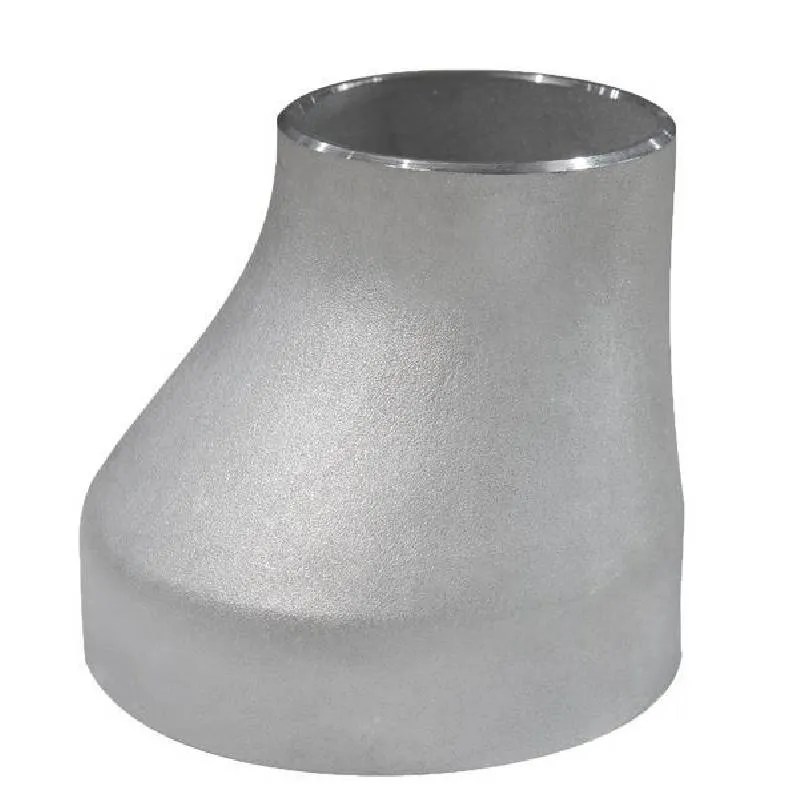-
Cangzhou Yulong Steel Co., Ltd.
-
Phone:
+86 13303177267 -
Email:
admin@ylsteelfittings.com
- English
- Arabic
- Italian
- Spanish
- Portuguese
- German
- kazakh
- Persian
- Greek
- French
- Russian
- Polish
- Thai
- Indonesian
- Vietnamese
- Zulu
- Korean
- Uzbek
- Hindi
- Serbian
- Malay
- Ukrainian
- Gujarati
- Haitian Creole
- hausa
- hawaiian
- Hebrew
- Miao
- Hungarian
- Icelandic
- igbo
- irish
- Japanese
- Javanese
- Kannada
- Khmer
- Rwandese
- Afrikaans
- Albanian
- Amharic
- Armenian
- Azerbaijani
- Basque
- Belarusian
- Bengali
- Bosnian
- Bulgarian
- Catalan
- Cebuano
- China
- China (Taiwan)
- Corsican
- Croatian
- Czech
- Danish
- Esperanto
- Estonian
- Finnish
- Frisian
- Galician
- Georgian
- Kurdish
- Kyrgyz
- Lao
- Latin
- Latvian
- Lithuanian
- Luxembourgish
- Macedonian
- Malgashi
- Malayalam
- Maltese
- Maori
- Marathi
- Mongolian
- Myanmar
- Nepali
- Norwegian
- Norwegian
- Occitan
- Pashto
- Dutch
- Punjabi
- Romanian
- Samoan
- Scottish Gaelic
- Sesotho
- Shona
- Sindhi
- Sinhala
- Slovak
- Slovenian
- Somali
- Sundanese
- Swahili
- Swedish
- Tagalog
- Tajik
- Tamil
- Tatar
- Telugu
- Turkish
- Turkmen
- Urdu
- Uighur
- Welsh
- Bantu
- Yiddish
- Yoruba

Nov . 17, 2024 11:29 Back to list
2.5 inch flange
Understanding the Importance of 2.5-Inch Flange in Industrial Applications
Flanges are critical components in various industrial applications, serving as the connection points between pipes, valves, pumps, and other equipment. Among the myriad of flange sizes and specifications, the 2.5-inch flange stands out due to its versatility and reliability. This article explores the significance of 2.5-inch flanges, their various applications, and their design considerations.
What is a Flange?
A flange is an external or internal rib or rim that is used for the purpose of strength. In piping and plumbing, flanges are crucial components that allow for the easy assembly and disassembly of pipe systems. They facilitate the secure connection of two or more sections of pipe and can even accommodate other mechanical components. Generally, flanges can be found in various materials and are available in different pressure ratings, sizes, and configurations.
The 2.5-Inch Flange Specifications and Types
The 2.5-inch flange refers specifically to the nominal size of the opening, which measures 2.5 inches. However, this nominal size corresponds to the diameter of the pipe for which the flange is suitable. Flanges come in several types, including weld neck, slip-on, blind, and threaded flanges. Each type has specific characteristics that make it suitable for particular applications.
1. Weld Neck Flange These have a long neck that allows for a smoother transition between pipe and flange, thus reducing turbulence. They are often used in high-pressure applications.
2. Slip-On Flange Slip-on flanges are easier to install since they simply slide over the pipe's end. They are suitable for low-pressure applications and offer considerable cost savings.
3. Blind Flange Used to close the end of a piping system, blind flanges are essential in situations where future expansion is planned.
4. Threaded Flange These flanges are ideal for piping systems where welding is not desirable. They have internal threads to connect them to the pipe.
Selecting the right type of 2.5-inch flange is crucial to ensure that it meets the operational requirements of the application.
Applications of 2.5-Inch Flanges
2.5-inch flanges are widely utilized across multiple industries, including
2.5 inch flange

- Oil and Gas In this sector, 2.5-inch flanges are commonly used to connect various equipment in refineries and processing plants. They must withstand high pressure and temperature, which makes the selection of materials paramount.
- Water Supply Systems Municipal water systems often utilize flanges for connecting pipes. The 2.5-inch size is particularly popular for medium-sized pipelines.
- Chemical Processing In chemical plants, flanges need to be resistant to corrosive substances. 2.5-inch flanges are often made from materials such as stainless steel or specialized alloys to ensure longevity and reliability.
- HVAC Systems Heating, ventilation, and air conditioning systems frequently employ 2.5-inch flanges for efficient airflow management and system integrity.
Design Considerations
When designing a system that incorporates 2.5-inch flanges, several factors must be taken into account
1. Material Selection The material has to be compatible with the fluid being transported and should withstand the applicable temperature and pressure conditions.
2. Flange Rating The pressure rating determines how much pressure the flange can handle. The most common flange ratings include ANSI 150, ANSI 300, and ANSI 600.
3. Gasket Compatibility A proper gasket is crucial for preventing leaks. The material should be chosen based on the characteristics of the fluid and environmental conditions.
4. Joinery Method The connection method—be it welding, bolting, or threading—must align with system requirements to ensure joint integrity.
Conclusion
The 2.5-inch flange is a vital component in many industries, providing secure and efficient connections in piping systems. Its versatility allows it to be utilized in various applications, from oil and gas to HVAC systems. Understanding the specifications, applications, and design considerations associated with 2.5-inch flanges ensures that industrial systems operate smoothly and effectively. As industries continue to evolve, the role of flanges, particularly the 2.5-inch variety, will remain crucial in meeting the growing demands for reliable piping solutions.
Latest news
-
ANSI 150P SS304 SO FLANGE
NewsFeb.14,2025
-
ASTM A333GR6 STEEL PIPE
NewsJan.20,2025
-
ANSI B16.5 WELDING NECK FLANGE
NewsJan.15,2026
-
ANSI B16.5 SLIP-ON FLANGE
NewsApr.19,2024
-
SABS 1123 FLANGE
NewsJan.15,2025
-
DIN86044 PLATE FLANGE
NewsApr.19,2024
-
DIN2527 BLIND FLANGE
NewsApr.12,2024
-
JIS B2311 Butt-Welding Fittings LR/SR 45°/90° /180°Seamless/Weld
NewsApr.23,2024











